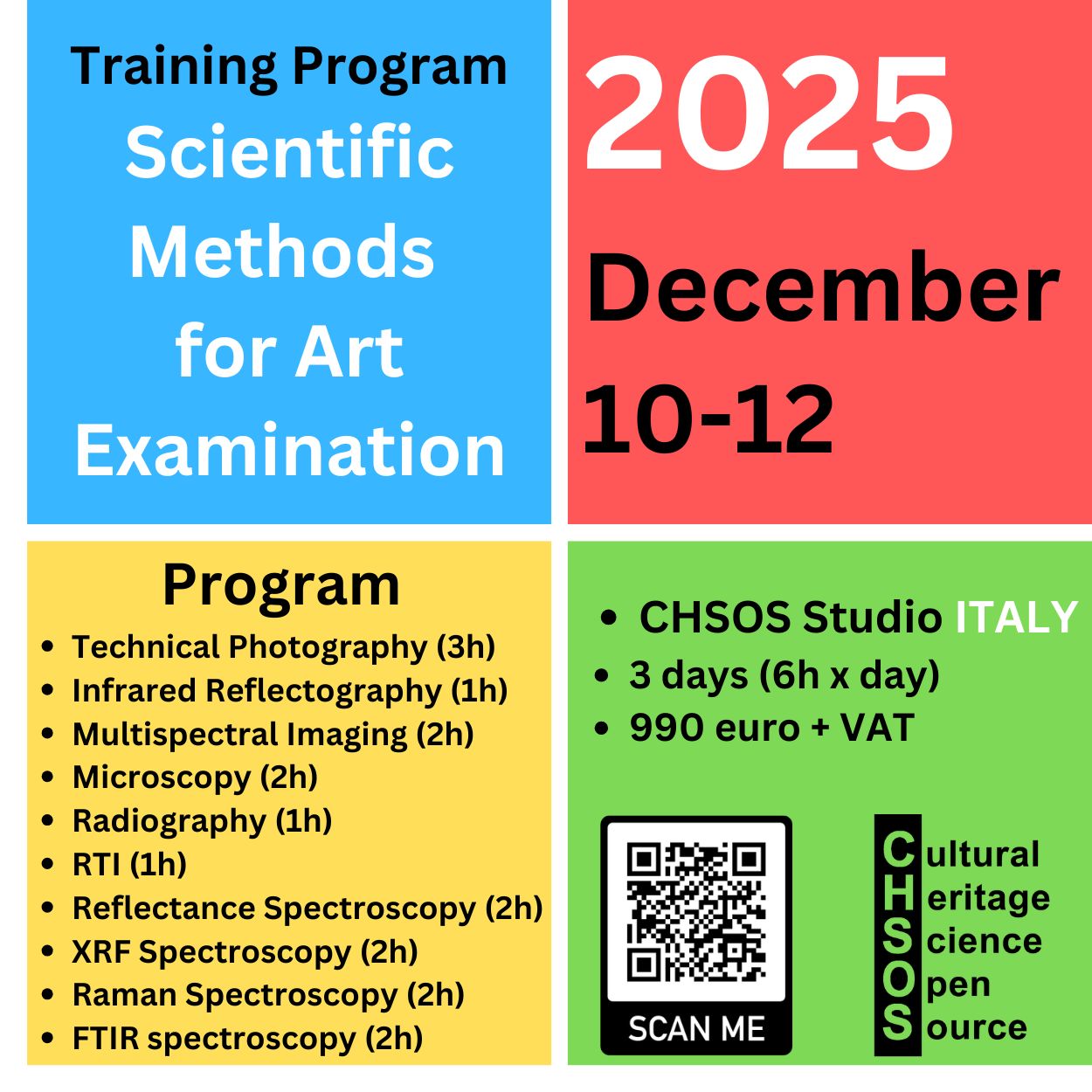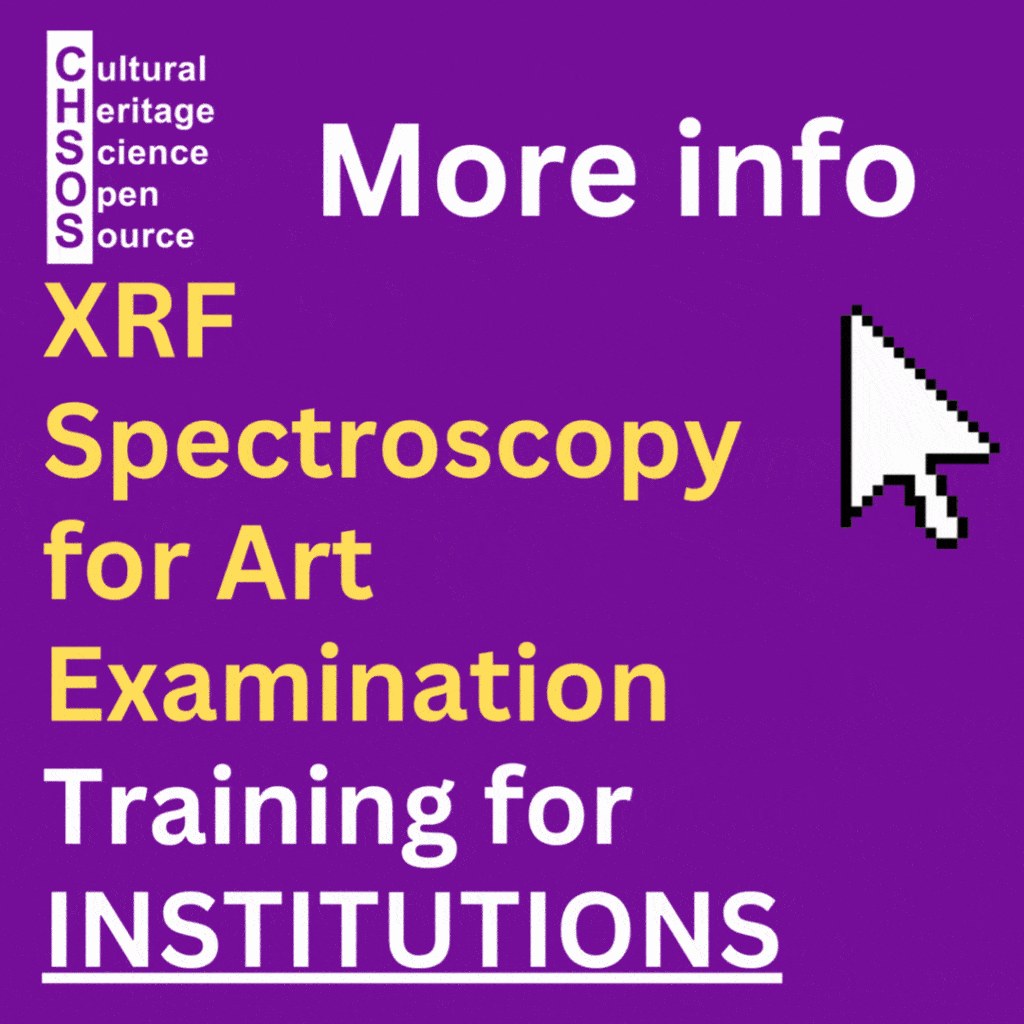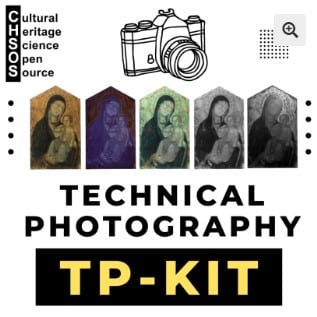Home » Case Studies » 19th-century portrait in Orientalist style
19th-century portrait in Orientalist style
This is a fine example of a 19th-century portrait in Orientalist style, a popular genre in European painting during the mid- to late-1800s.
The painting depicts a richly dressed young woman, wearing: a turban with feathers and jewels, pearl jewelry, and a blue and white gown with gold trim.
These elements — particularly the turban and exotic attire — are typical of Orientalist portraiture, where European artists imagined or romanticized subjects from the Ottoman or Near Eastern world.
The pose and lighting are formal and idealized, suggesting the influence of Neoclassical and Romantic portraiture, often used to depict aristocratic or “exotic” women.
It’s an oil on a metal support, with smooth brushwork and high attention to texture (fabric, pearls, feathers). The glossy surface and rich colors are consistent with academic painting techniques of the 19th century.
Many painters of this era — including followers of Jean-Auguste-Dominique Ingres, Henriette Browne, and Cesare Dell’Acqua — produced similar “Oriental lady” portraits for collectors. This particular painting is in the style of Natale Schiavoni (1777-1858).
Such works were often decorative salon paintings, not portraits of real sitters. They represented a blend of fantasy, luxury, and fascination with the “East,” part of the broader Orientalist movement in art and culture.
CHSOS Collection – item #70
Technical Photography
UVF (Ultraviolet Fluorescence)
The UV fluorescence image reveals a relatively recent varnish layer that appears dark, covering most of the surface except for the outer borders. The difference in fluorescence at the edges suggests that the varnish may not extend uniformly to the margins, possibly due to framing or later cleaning interventions.
UVR (Reflected Ultraviolet)
In the UV-reflected image, the white areas strongly reflect UV radiation, ruling out the presence of titanium white (introduced in the 20th century) and indicating the use of lead white, consistent with 19th-century materials.
IR (Infrared)
Several small red spots appear brighter in the infrared image, suggesting the presence of retouching or later interventions applied with materials that are more transparent/reflective in the IR range.
IRFC (Infrared False Color)
The IR false-color image further confirms these retouched areas, making them more immediately visible. The comparison between the IR and IRFC images highlights the same zones of intervention, providing clear evidence of localized restorations.



















